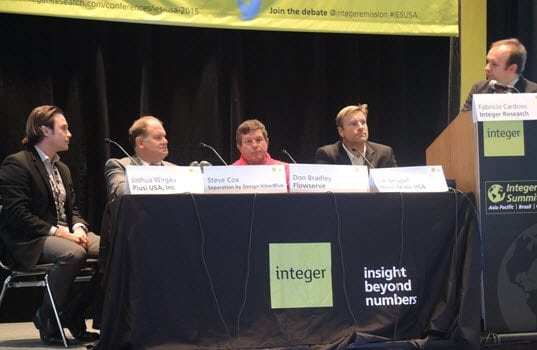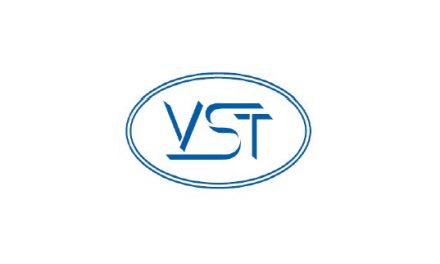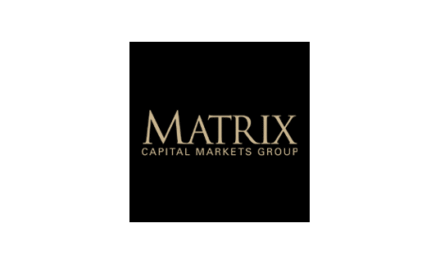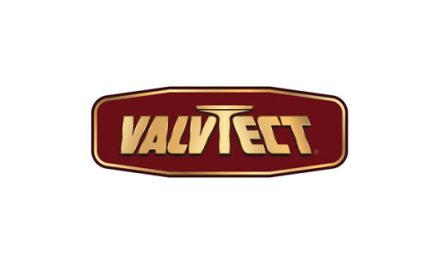The 8th integer Emissions Summit & DEF forum USA 2015 was held October 27-29 at McCormick Place in Chicago, Ill. Attendance was over 350 delegates who spanned the full spectrum of interested parties—from supply and distribution to automotive engineers to end users. There were a range of session tracks presented including: Heavy-Duty Commercial Vehicles; Marine Vessel; Off-Highway; Light-Duty Vehicles and Passenger Cars; and the DEF Forum that spanned the final two days of the conference. FMN was in attendance and here is an overview of what was discussed, primarily from the DEF Forum.
Diesel exhaust fluid is used with the dominant diesel emission reduction technology, selective catalytic reduction or SCR. With SCR a urea-based solution (32.5% high-purity synthetic urea and 67.5% deionized water) is injected into a catalytic system (2-6% of diesel consumption) to create a chemical reaction that converts some of the NOx emissions into pure nitrogen and water vapor. A diesel particulate filter can be added to the system for even greater emission reductions. Because of early European branding, the word “blue” typically features into the brand names of many solutions.
SCR technology does not reduce power like such alternatives as ERG, or create heat issues, and it is said to deliver a 3% to 5% improvement in mileage as the engine can be fully optimized for performance.
Tim Cheyne, Integer’s director—emissions, launched the DEF forum with an overview of Integer’s perspective on the future of SCR/DEF as a primary emissions reduction technology in an environment of the California Air Resources Board’s and the Obama Administration’s ever tightening emission standards. He noted that there should be nothing surprising through 2020 and CARB’s Phase 1 requirements. The market should be robust during that time frame with some newer engines using twice as much DEF to meet environmental standards. Improvements in truck aerodynamics have, in fact, already provided tremendous gains in efficiency lessening the requirements on engine emission technologies. He expects the industry to break 1 billion gallons of DEF in the next 3 to 4 years. Currently, the adoption rate among Class 7 and Class 8 trucks is about 30% as the U.S. truck fleet continues a gradual turnover to the new engines.
Beyond 2020, there will still be a place for SCR, but he noted the question mark will be the intensity of that solution. More technological advances have to take place to further cleanup the technology for Phase 2 requirements. This is particularly the case with an engine cold start where you see the most NOX emissions.
Adam Panayi, Integer research manager, followed up with a discussion on upstream issues impacting the DEF industry. He noted that prices are generally on a downward trend driven by Chinese competition and lower energy costs throughout the logistical chain. However, prices will reach a point where production will be shut out, putting a price floor in place.
An interesting panel discussion covered “Trends and Challenges In The DEF Market.” It featured Charles Culverhouse, global DEF business manager, Old World Industries; Ed Wells, vice president, Yara Environmental Solutions; Gerry Kroon, manager, industrial sales, Agrium Inc.; and David Crouch, North American sales, Victory Blue.
In the discussion it was noted that there was predictable U.S. demand with Class 8 trucks based on lifecycle metrics and the economy. The rest of the market throughout the world was less predictable. The need was seen to increase domestic production to balance out imports and provide more stability on the supply side. Logistics is still considered to be a challenge, with low-volume customers in low-density rural areas being difficult to affordably supply with the same level pricing and customer service that might be expected elsewhere. The need to explore a DEF-specific index versus the NOLA Future (fertilizer) Index was brought up as was involving API in a more stringent product quality control program.
Pricing in North American DEF market received a specific focus in a presentation by Integer analyst Rebecca Hayward. She noted that pricing generally involves raw material costs, logistics throughout the supply chain, the location of blending facilities, the level of competition in different retail channels and the cost of oil relative to the role it plays (as refined duels) supporting the entire logistical process. She noted that the primary market driver was urea cost and that DEF generally does generally follow the NOLA Index with 1 to 2 month lag time. However, local markets have their own issues that can dramatically impact pricing.











